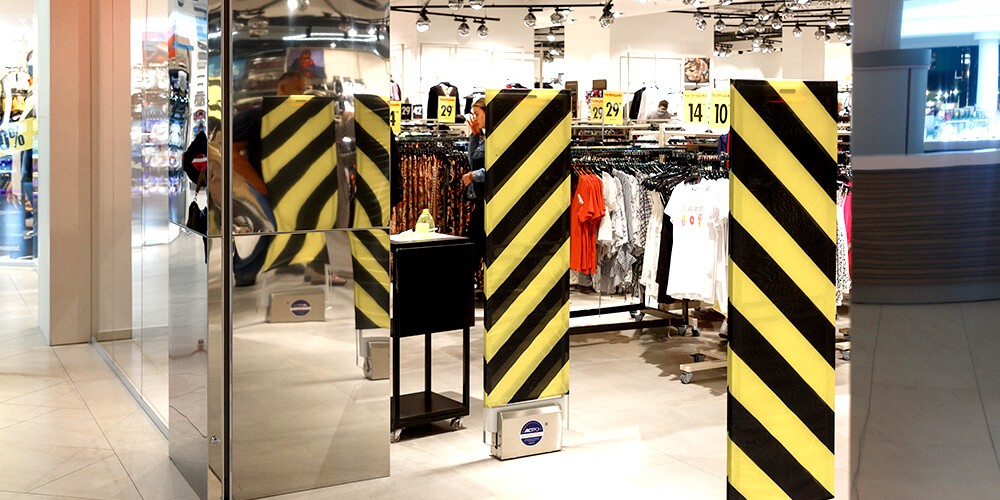
Random versus planned shoplifting
There’s a big difference between an opportune shoplifter who steals on a whim and those with more sinister intentions who utilize meticulous planning.
But regardless of intention, theft is a crime that costs the retail sector dearly, and right at the moment retailers are in the thick of peak shoplifting season.
So, what’s the difference between random versus planned shoplifting, and how should retailers approach each.
Random shoplifting
Random shoplifting is a crime of opportunity. The opportunity to steal something presents, the shoplifter takes advantage of the situation.
Combatting this type of crime therefore involves eliminating that opportunity as much as possible.
So what exactly do we mean?
Random shoplifter profile
A random shoplifter might steal for a buzz, perhaps out of necessity, or even out of compulsion. They might also steal as an act of retribution for poor service or because they’re a generally loyal shopper who feels entitled. But they rarely enter a store with a targeted plan.
Instead, a lack of security, staff inattention, or poor store layout offers them the chance to steal goods unnoticed.
The items might vary in value, but tend to be smaller and easier to conceal, and combatting the random shoplifter involves a broad-brush approach to general loss prevention best practice.
Combatting random shoplifting

Eliminating opportunity involves:
- Good store layout with clear lines of sight from the POS to the floor and sufficient lighting
- A well-organized store, without clutter
- Attention to the fitting room
- Attentive staff who utilize meet and greet protocols, and are educated regarding shoplifter behaviour
- Clear policies and procedures regarding apprehension and prosecution of shoplifters
- Overall store security such as obvious CCTV and security personnel
- Product-based security including electronic article surveillance, security tags, and security labels
- Good inventory reconciliation
Planned shoplifting
Planned shoplifting is a slightly different beast. In this case, a retailer is specifically targeted due to the type of products it has available, with thieves taking advantage of any weakness in security.
That means it’s also a crime of opportunity, but the retail response has to be a lot more considered.
Planned shoplifter profile
The shoplifter who plans will generally be stealing for financial gain, targeting products that command a high re-sale value. That makes items like electronics particularly vulnerable, along with designer fashion products, pharmaceuticals, perfume, and high-end liquor.
Planned shoplifting is often associated with Organized Retail Crime, and can encompass groups who actively distract retail staff, snatch and grab events, and complex methods of thwarting a store’s security systems.
In fact, an astounding 97 per cent of retailers say they were impacted by Organized Retail Crime (ORC) in 2019, losing over $700k per $1 billion in sales.
This type of planned activity is often prefaced by staking out a retail outlet for security systems and casing the store for the products available.
These are some of the warning signs staff should be aware of, but actively combatting the threat involves many of the strategies above along with more targeted security measures.
Combatting planned shoplifting

Preventing planned shoplifting is a lot more targeted than combatting opportune theft. It involves knowing what’s likely to be sought after by thieves and protecting it accordingly.
Ways to combat planned shoplifting include all the methods outlined above, plus:
- Lockable displays for high-value items like electronics and perfumes
- Tethers and alarms on electronic display items
- The right security tags of at least SuperLock magnetic strength on fashion apparel
- Security tags with cables or lanyards for fashion accessories
- Bottle top tags for high-end liquor
- Additional EAS security for the fitting room such as Apparel Guard
You can view our range of security tags here, or revisit our information on shoplifting signs and behavior here.


